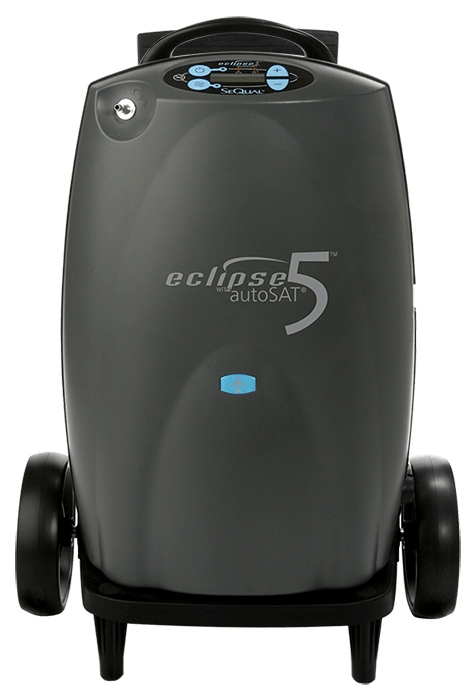
When it’s time to get long-term care services for yourself or a loved one, you may find them costly. You might wonder how to pay for senior care costs. While there are many ways to pay for long-term care, you may have one resource available and not realize it. If you have life insurance, depending on the type of policy, you might be able to use it to help pay for long-term care. Here, we explain different options of using life insurance for senior care.
What kinds of life insurance can help pay for senior care?
One often overlooked possibility involves certain life insurance programs. Many life insurance policies are recognized as an asset and considered personal property. Typically, the types of policies that can provide funding solutions for seniors involve those with a cash value. The kinds of life insurance with a cash value include:
- •Whole life policies.
- •Universal life policies.
- •Variable life policies.
Many people are unaware that these insurance plans can be used for more than just a death benefit.
Ways to use your life insurance to pay for senior care
Seniors with whole, universal, or variable life insurance policies may be able to use them to pay for long-term care in various ways. The first few options below explore the method available to people working directly with the insurance carrier that underwrites the policy.
Policy loans and policy surrender
Those who have any of the previously mentioned permanent life policies typically have the option of taking a loan from the policy’s cash value. The loan amount will vary for each insurance company but typically is for as much as 90% of the policy’s cash value. The IRS does not recognize this type of loan as income, so it remains free from tax as long as the policy remains active. The loan is expected to be paid back with a nominal interest applied, but no mandatory monthly payment is typically required.
Alternatively, a policyholder can surrender the policy entirely in exchange for its cash value. Surrender fees may be applied, varying from one company to the next, and these fees could range from 10% to as high as 35%. Once the individual surrenders the policy, they no longer have to pay premiums. And, since they no longer have the policy, there will be no more death benefits payable to the beneficiary.
Accelerated death benefit riders
Many life insurance policies provide an “accelerated death benefit” (ADB) rider, which is sometimes referred to as a “living benefit rider.” An ADB is a cash advance subtracted from the death benefit amount the beneficiary receives upon the policyholder’s death.
The terms of the policy typically state that the policy owner must be terminally ill with a limited life expectancy (under 24 months for most policies) or be declared unable to perform the basic activities of daily living. Statements from any involved physicians and any medical records related to the illness or loss of function will be required by the insurance company before they’ll pay out any benefits.
Since technically the policy isn’t surrendered when the cash advance is made, the policyholder is expected to continue making premium payments to guarantee the beneficiary receives what remains of the original death benefit. In this situation, the policyholder works directly with the insurance carrier.
The options described are for people working directly with their insurance company. Below are options for a policyholder working with a third party rather than their insurance provider.
Viatical settlements
A viatical settlement allows the life insurance policyholder to sell their policy to a third-party entity due to a chronic or terminal illness. The third-party entity that purchases the policy will pay the policyholder a settlement amount and take on all future premium payments. In exchange for this, the third party receives the full death benefit when the insured passes away.
Many companies require the insured to have a short-term life expectancy, such as two years or less, and a policy with a benefit of at least $100,000. The payout will vary based on the amount of time the person is expected to live. Since the IRS views the settlement as an advance on the policy’s death benefit, most viatical settlements are not taxable.
Although viatical settlements and accelerated death benefits both involve a policyholder’s limited life expectancy to receive money, they differ because a policyholder sells the policy through a viatical settlement and does not sell the policy through using an ADB rider.
Life settlements
The life settlement industry, which emerged as an offshoot of the viatical settlement industry, developed in the 1980s. It has become a popular option for seniors to sell their life insurance policies to third parties and receive cash payments to help pay for long-term care.
A life settlement differs from a viatical settlement because, with a life settlement, the insured is not required to be terminally ill. The policyholder sells the policy to the third-party entity, which pays future premium payments. That company pays a lump sum to the policyholder, typically greater than the cash value but less than the net death benefit, then collects the death benefits upon maturity.
Seniors can then use the funds however they choose, including for any long-term care costs. The policyholder should note that life settlement distributions may be subject to taxation.
Although both viatical and life settlements are sound options, seniors looking to go either of these routes should research to ensure the option and third-party company are right for them.
Life care funding or insurance conversion
Another relatively new option is life care funding, which can also be referred to as insurance conversion. Instead of receiving a lump sum from the sale of a life insurance policy, the original policy is converted into a long-term care insurance policy. The benefits from this plan must be used to pay for senior care services, like home care, directly.
Like a life settlement, the third-party entity that buys the life insurance policy pays the future premiums. The company also receives the death benefit when the original policyholder dies.
Summary
Life insurance programs may be able to help seniors pay for long-term care expenses, depending on the type of policy you have. Before making a decision, seniors should carefully evaluate the pros and cons of every possible solution, whether it involves the life insurance programs listed above or other options available to them. If assistance is required for the analysis, a trusted family member, friend, or licensed professional, such as an accountant or elder law attorney, may help.








